Editorial: Talking Animals
By Robert Ellwood
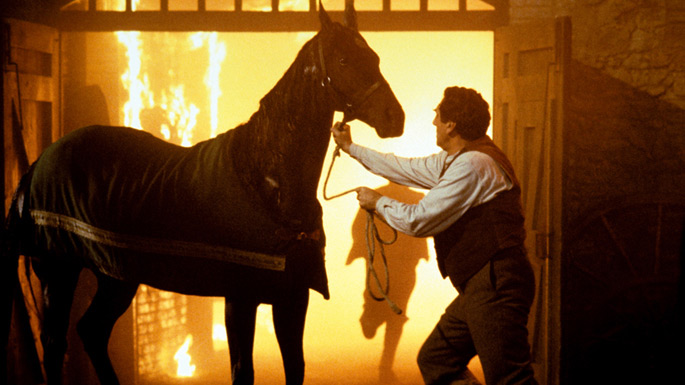
What shall we think about the talking animals that continually appear in movies, TV shows, books for children and occasionally adults--either spouting nonsense for comic effect, or sometimes wisdom so profound it puts humans to shame?
Talking animals in folk tales go back as far as one can research them. We need only mention Coyote, the trickster whose clever exploits --sometimes fooling himself most of all--entertained Native Americans around the campfire for centuries. Written versions of such tales appears as early as Aesop's Fables or Ovid's Metamorphoses. Further East, we find the Jataka or Birth Tales, stories of the Buddha's many lifetimes previous to his Enlightenment, when as bodhisattva he often took the form of an animal and thereby learned important lessons in compassion and egolessness. (In one, he was the leader of a herd of deer in a royal hunting preserve; he offered to let the king shoot him if he would then spare the other deer under his charge. The monarch was so moved by this selfless act that he gave up hunting altogether.)
More recent examples of talking animals have appeared especially in movies. These stars of the silver screen have ranged from the likes of Disney's Mickey Mouse and Donald Duck, simply human comic characters in animal wrappings, to Black Beauty, by Anna Sewell (born and raised a Quaker, and featured as a Pioneer in PT 36 ), published in 1877 and the inspiration of no fewer than five cinema versions, the latest in 1994. Black Beauty, told in the horse's own words, relates the tale of an animal enslaved by humans and wholly dependent on the chance of whether he is in the hands of decent or cruel "owners." The novel has sold over fifty million copies, and innumerable persons subsequently alive to animal welfare tell of being awakened to this concern by reading Black Beauty, probably in childhood.
 Somewhere near the high end one could also mention C. S. Lewis' Narnian stories, currently being made into a series of movies. The concept that the Narnian world's incarnate God, like Christ in ours, is a magnificent lion, Aslan, is both brilliant and wise. Unfortunately, the rest of the Narnian fauna are divided into talking and non-talking animals. The speaking ones, like the delightful knightly mouse Reepicheep, are well realized though no more than human in their moral stature. Indeed, like all too many humans they seem to have little empathy with their non-speaking kin, who are, as on our planet, considered to be outside the moral pale. In fact the four Pevensie children, become kings and queens, indulge in a Narnian version of the royal sport of hunting like earthly kings of old, as does the (otherwise) admirable King Lune. In an even more disturbing scene, in The Lion, the Witch, and the Wardrobe, a kindly talking beaver tells her spouse to pack a ham in his travel satchel. Any pig that beavers could kill to eat must have been little more than a piglet.
Somewhere near the high end one could also mention C. S. Lewis' Narnian stories, currently being made into a series of movies. The concept that the Narnian world's incarnate God, like Christ in ours, is a magnificent lion, Aslan, is both brilliant and wise. Unfortunately, the rest of the Narnian fauna are divided into talking and non-talking animals. The speaking ones, like the delightful knightly mouse Reepicheep, are well realized though no more than human in their moral stature. Indeed, like all too many humans they seem to have little empathy with their non-speaking kin, who are, as on our planet, considered to be outside the moral pale. In fact the four Pevensie children, become kings and queens, indulge in a Narnian version of the royal sport of hunting like earthly kings of old, as does the (otherwise) admirable King Lune. In an even more disturbing scene, in The Lion, the Witch, and the Wardrobe, a kindly talking beaver tells her spouse to pack a ham in his travel satchel. Any pig that beavers could kill to eat must have been little more than a piglet.
In the middle range between Mickey Mouse on the one hand, and Black Beauty or Animal Farm on the other, are movies like The Rescuers Down Under, well reviewed in the June issue by Benjamin Urrutia, which presents animals who do speak and act like humans, though in fantastic ways, yet in which the plot concern is a real and disturbing animal issue, namely poaching. The same could be said about the penguin movie Happy Feet (see PT 31 ), which featured the Antarctic avians talking, singing, and dancing as though in a lively Broadway show, but also presented serious animal (and human) issues, the pollution of the oceans by plastic, and the wholesale human depredation of fish populations.
We might also mention another current talking animal film, Zookeeper. The Peaceable Table will not review or promote this movie at present because of valid objections raised by PETA (People for the Ethical Treatment of Animals). This film uses a number of live animals, including elephant, lion, monkey, and giraffe. A giraffe died under controversial circumstances during the making of the movie, and the elephants reportedly were provided by a company called Have Trunk Will Travel, which has been shown by undercover videos to abuse their pachyderms in training with bull hooks and electric prods. Unhappily, many animals used in human "entertainment" live exceedingly sad lives, deprived of everything that is natural to them, including sufficient space and companionship of their own kind.
Even apart from ethical problems when actual animals are employed, what do talking animal have to say to us? Indicators seem to go in two directions. On one hand, when Disney presents essentially a fantasy version of animals, as like humans in ways we really know they are not, we may be encouraged to perceive them merely as cute when on the screen, but to bypass seeing real animals off-screen as actual creatures with authentic joys and pains, too different from us to communicate in our kinds of words. Mickey and Minnie aren't really very mouselike. Yet some viewers, perhaps  especially children, when moved by especially effective animal depictions-- the killing of Bambi's mother, or Babe's triumph thanks to his choice to relate to the sheep with respect rather than domination--may grasp the poignancy of animal life for the first time. One response is, "This is just ma.ke-believe and has nothing to do with the real animal world out there, which if I wish I can continue to ignore." Another is, "Of course these aren't real animals, but I wonder what real animals are actually feeling, and if they are truly trying to say something to us."
especially children, when moved by especially effective animal depictions-- the killing of Bambi's mother, or Babe's triumph thanks to his choice to relate to the sheep with respect rather than domination--may grasp the poignancy of animal life for the first time. One response is, "This is just ma.ke-believe and has nothing to do with the real animal world out there, which if I wish I can continue to ignore." Another is, "Of course these aren't real animals, but I wonder what real animals are actually feeling, and if they are truly trying to say something to us."
While there is nothing wrong with the entertainment value of the Mickey Mouse type animal in his place, the more they rise to the level, if not of Black Beauty at least of Happy Feet, with some important concerns underlying the story, the better from our perspective. In any case, we can use any presentation of talking animals on the screen to reflect on what real animals may have to say to one another and to us, and if we have the care of small children who have viewed such a movie, to ask them to spend a moment thinking about that query. You may find them taking the project more seriously than you expected, and even trying to talk to their cat, dog, or hamster.
The lead photo is a still from the 1994 film Black Beauty.
Unset Gems
"Whatever you have done to the least of these my [sisters and] brothers, you have done to Me" implies that Christians have to take the view from the cage, because the Lamb of God is there.
--Sr. Faith Bowman
"I want you to think about how you would feel if the moment you were born, somebody else had already planned the day of your execution."
--Gary Yourofsky
Contributed by Lorena Mucke


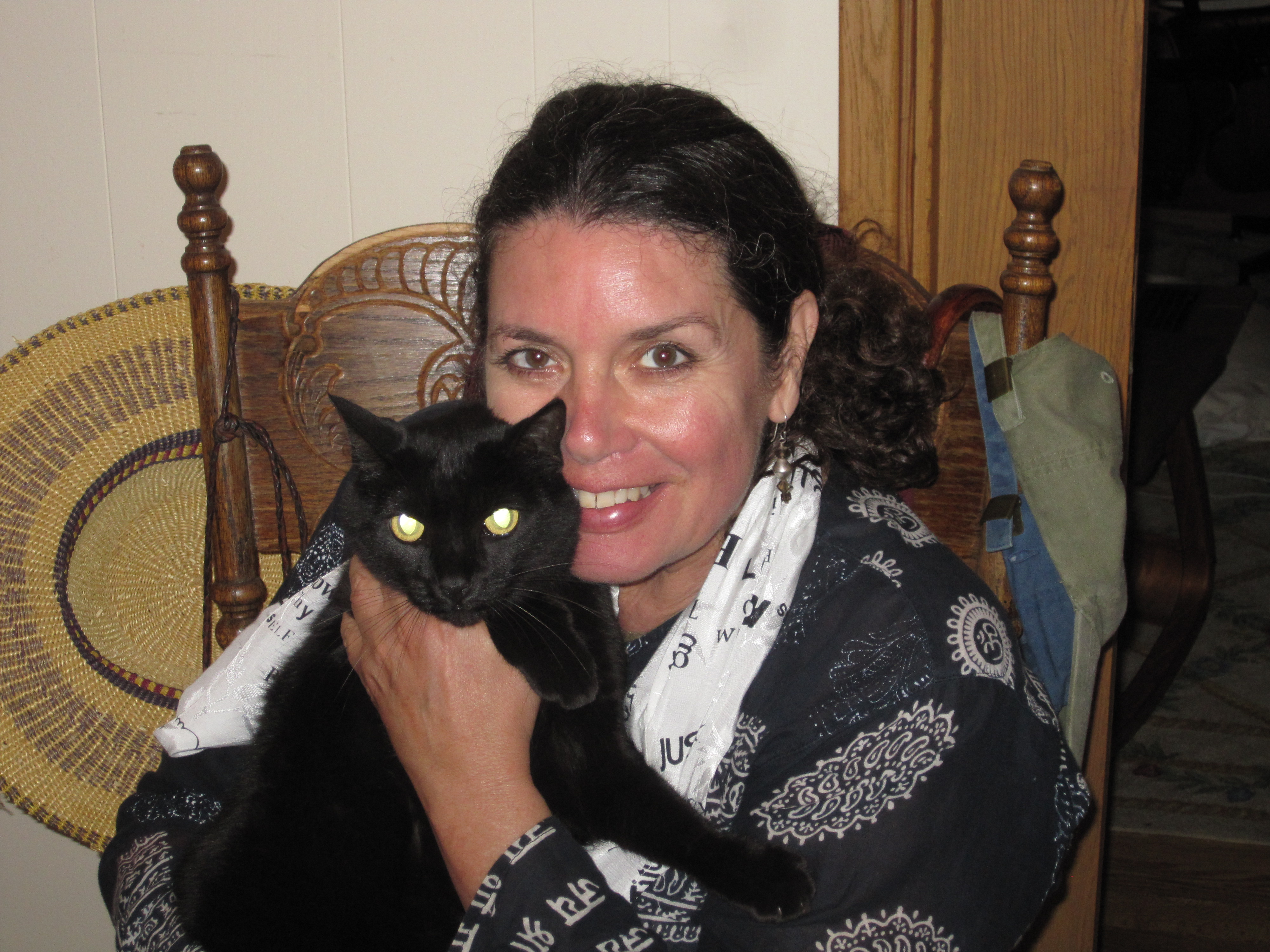
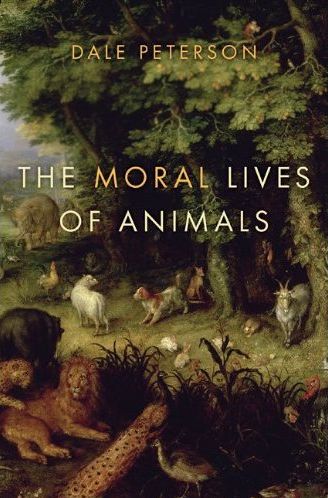 In this book Dale Peterson, a friend of and collaborator with Jane Goodall, defends the concept that animals exhibit moral behavior. He presents many cases of moral (and immoral) activities of various animals: mostly mammals, including humans, but also corvids, arachnids, et al. In addition, the book also gives an extended commentary on Herman Melville's novel Moby-Dick; every chapter begins with a quotation from that classic work.
In this book Dale Peterson, a friend of and collaborator with Jane Goodall, defends the concept that animals exhibit moral behavior. He presents many cases of moral (and immoral) activities of various animals: mostly mammals, including humans, but also corvids, arachnids, et al. In addition, the book also gives an extended commentary on Herman Melville's novel Moby-Dick; every chapter begins with a quotation from that classic work. He offers interesting reflections on attitudes toward Rules morality versus Attachment morality. Among apes, elephants, humans, and whales, the former seem to be preferred by males, the latter by females. Evidently linked to this is the fact that male human theorists, such as Sigmund Freud and Jean Piaget, have opined that males are morally superior to females. However, in more recent times, female theorists (and some males ones, such as Peterson) have come to the opposite conclusion. "Female" morality, based on kindness and compassion, offers greater hope to the world and its human and nonhuman inhabitants.
He offers interesting reflections on attitudes toward Rules morality versus Attachment morality. Among apes, elephants, humans, and whales, the former seem to be preferred by males, the latter by females. Evidently linked to this is the fact that male human theorists, such as Sigmund Freud and Jean Piaget, have opined that males are morally superior to females. However, in more recent times, female theorists (and some males ones, such as Peterson) have come to the opposite conclusion. "Female" morality, based on kindness and compassion, offers greater hope to the world and its human and nonhuman inhabitants.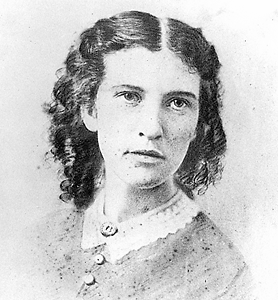 Elizabeth Blackwell was born into a dedicated, closely-knit Quaker family in Bristol, England. Well-off, and committed to the cardinal Quaker testimony of Equality, the parents Hannah and Samuel gave their daughters as well as their sons a rich education, including literature and music. Sadly, more than half of the children died in childhood.
Elizabeth Blackwell was born into a dedicated, closely-knit Quaker family in Bristol, England. Well-off, and committed to the cardinal Quaker testimony of Equality, the parents Hannah and Samuel gave their daughters as well as their sons a rich education, including literature and music. Sadly, more than half of the children died in childhood. 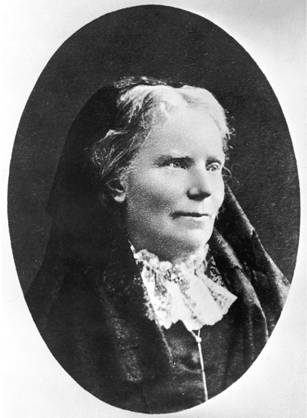 An early supporter of Semmelweiss' work on cleanliness despite its rejection by the medical establishment, Blackwell in her practice, teaching, and writing (she penned a number of books, for professionals and for general readers) put strong emphasis on prevention, stressing proper sanitation, study of food, use of sterilization and disinfectant, and the like. Perhaps the memory of the tragic loss of eight of her siblings in childhood had a part in this pioneering approach.
An early supporter of Semmelweiss' work on cleanliness despite its rejection by the medical establishment, Blackwell in her practice, teaching, and writing (she penned a number of books, for professionals and for general readers) put strong emphasis on prevention, stressing proper sanitation, study of food, use of sterilization and disinfectant, and the like. Perhaps the memory of the tragic loss of eight of her siblings in childhood had a part in this pioneering approach.  Twixt two and three upon a silent night,
Twixt two and three upon a silent night,